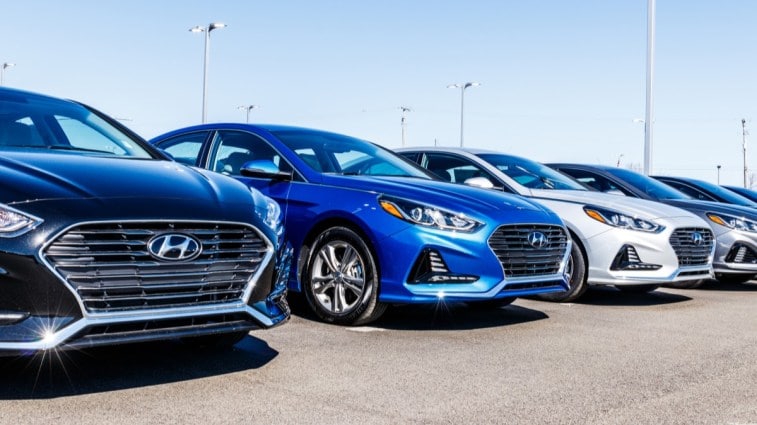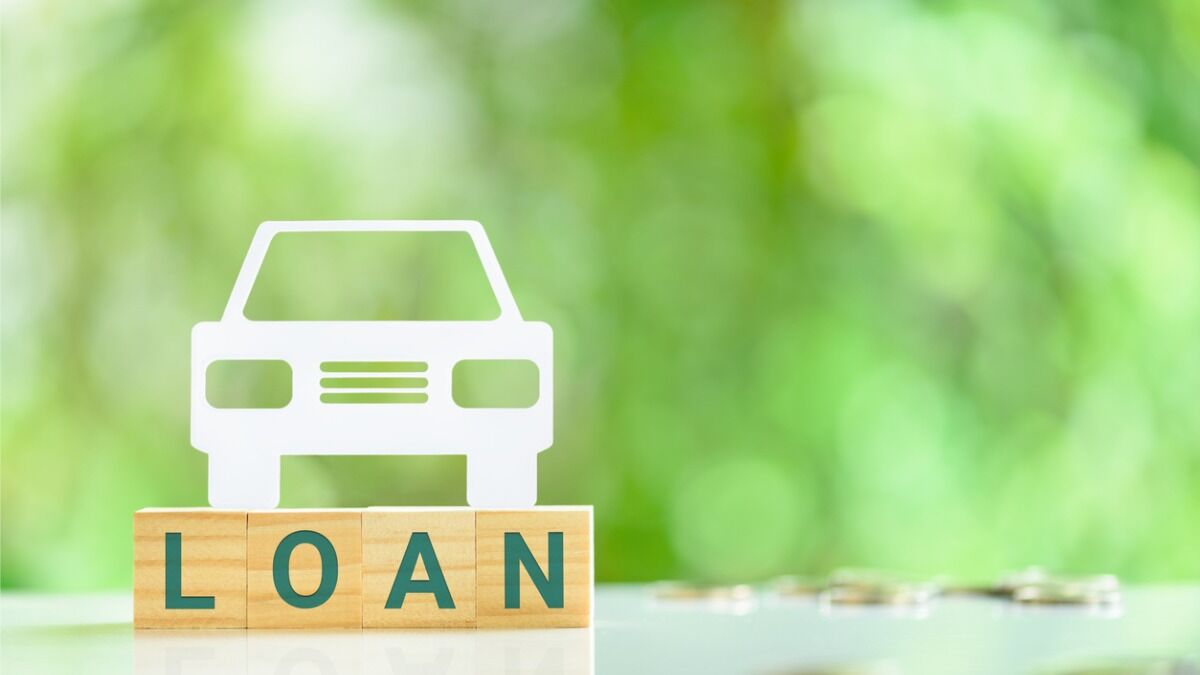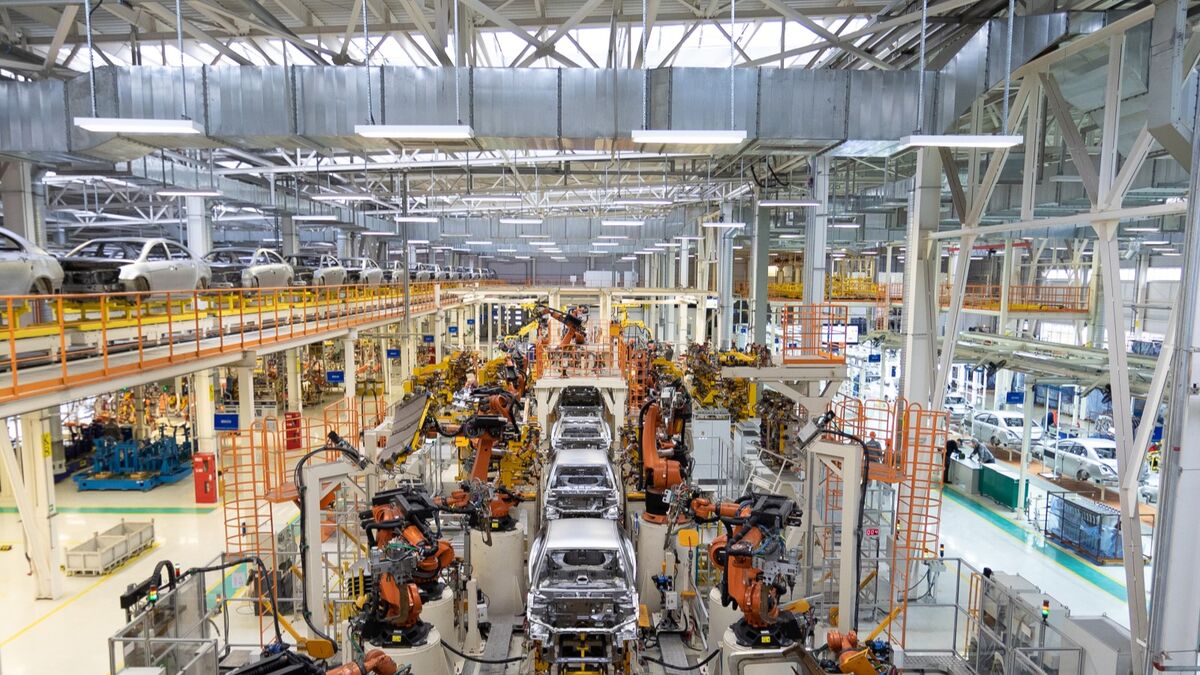
Kelley Blue Book parent company Cox Automotive predicts that when automakers report their sales tallies for August next week, they’ll show a nearly 19% increase over last year. The seasonally adjusted sales rate – a metric that removes normal seasonal fluctuations to show the current sales pace projected over an entire year – should finish near 15.4 million.
Still Below Historic Highs
That’s still down from historic highs. Americans bought a record 17.5 million cars in 2016 – part of a streak of five straight years above 17 million to end that decade. But the COVID-19 pandemic and the supply-chain issues it triggered cratered new car sales. They bottomed out at 13.8 million in 2022.
Americans, nervous about the economic future and facing soaring inflation, worked hard to keep older cars on the road rather than buy new ones. They also stopped leasing, with millions buying their cars at the end of their lease term rather than rolling into a new lease. That helped limit the supply of used cars, driving prices up in that market, too.
But simple supply and demand is working at last.
Supply Is Improving
“The supply recovery continues to improve across the country, and this is leading to the market’s sales gains this year,” says Charlie Chesbrough, senior economist at Cox Automotive. Auto dealers ended July with a 56-day supply of new cars to sell, on average. That’s close to the 60 days industry practices tell them to aim for.
“The supply recovery continues to improve across the country, and this is leading to the market’s sales gains this year. In addition, the return of supply is also bringing back more discounting from manufacturers,” Chesbrough says.
Interest Rates Still a Hurdle
Incentives made up 4.4% of the average new car transaction in July. That’s up from 2.4% a year ago but still down from pre-pandemic numbers that, some months, topped 10%.
What’s holding sales and incentives back from returning to 2019 levels? Interest rates, Chesbrough says. “Rising interest rates, and their impact on affordability, remain strong headwinds against a more robust vehicle market.”
Cox Automotive predicts that affordability challenges will likely cause a sales slowdown in the second half of the year. Automakers, faced with a market where only high-income, strong-credit buyers could reliably car shop, have tailored their product lines for that group.
The number of affordable cars has drastically decreased as automakers have tacked for the wind in a high-interest-rate climate. This month alone, reports say automakers have made plans to cancel two of the five models still available for under $20,000.







